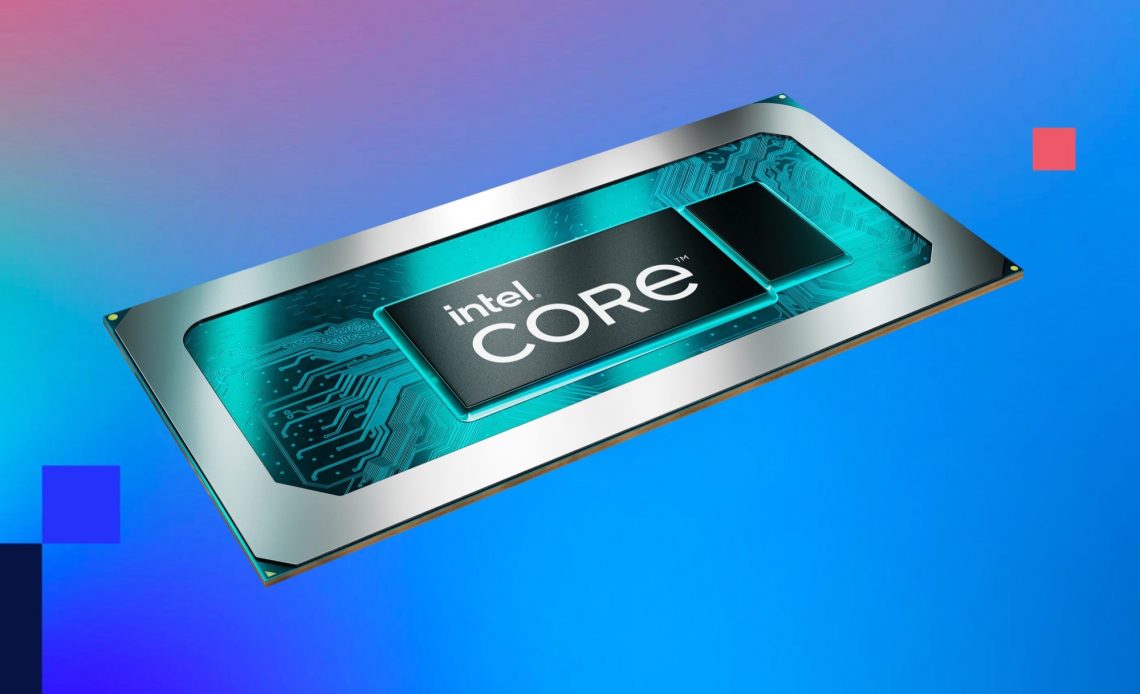
Our measurements and benchmark scores show that Alder Lake-U processors can make sense, but both Intel as well as notebook manufacturers make it rather difficult for the customer. There are multiple factors for this, starting with the sheer number of Intel CPUs in the mobile segment. Intel should also specify a smaller TDP range and better differentiate the CPU classes. It just does not make much sense to run a Core i7-1255U at 50W when a Core i7-1260P can be limited to 25 or just 20 Watts (in the case of the Samsung Galaxy Book2). Stricter limitations could avoid this issue completely. The U-series CPUs could be limited in the range between 15-25W, the P-series between 25-40W and the H-series could start at 40W.
The notebook manufacturers should pay more attention as well. It does not make much sense to run a U-series CPU at up to 55W only because its possibly. The additional energy is pretty much wasted, but results in more fan activity. We have clearly shown that you will hardly lose any performance with reduced power limits, but the user will benefit from lower emissions in return.
The wide range of power settings is a problem for users, because the CPU performance can vary by wide margins. The Alder Lake-U processors work the best up to 25 Watts, and manufacturers should switch to Alder Lake-P chips when the cooling can handle more heat. AMD’s U-series processors are much more efficient in multi-core scenarios, but the availability is still limited.
Compared to AMD (like the Ryzen 7 6800U), Intel still has a performance advantage in single-core load scenarios. However, AMD is usually ahead in multi-core tests, especially when you look at the efficiency. Apple is still in a completely different league with its M1 and M2 CPUs, especially when you only stress one core. Both AMD and Apple also have an advantage in terms of iGPU performance compared to the familiar Intel Iris Xe Graphics G7.
Intel has already announced its new Raptor Lake processor line-up ad we expect the first laptops in the next couple of weeks. However, there are no major changes for the mobile processors (U P & H-series) except for some clock improvements. The other specs including the number of cores, the integrated GPU as well as the power limits are identical. There are some optional additional features, but we only expect small improvements in terms of performance and efficiency.
